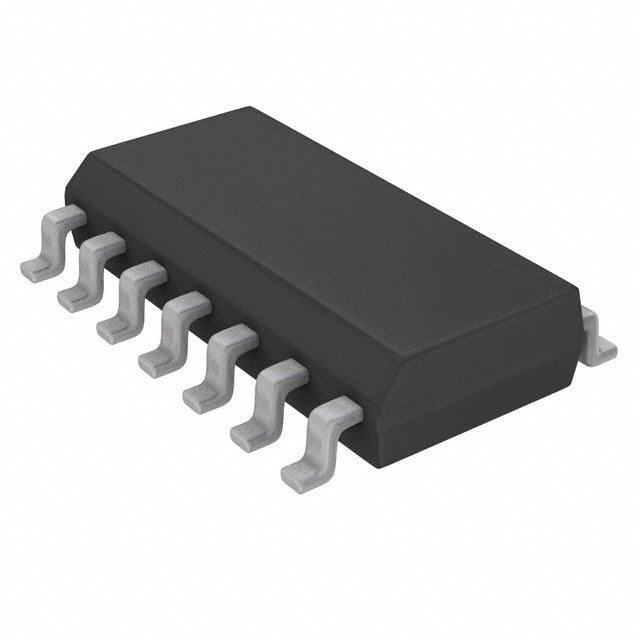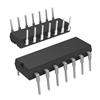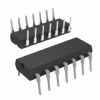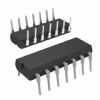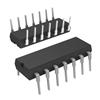MM74HCT191: Features: Level changes on Enable or Down/Up can be made regardless of the level of the clock. Low quiescent supply current: 80 mA maximum (74HCT Series) Low input current: 1 mA maximum TTL compati...
floor Price/Ceiling Price
- Part Number:
- MM74HCT191
- Supply Ability:
- 5000
Price Break
- Qty
- 1~5000
- Unit Price
- Negotiable
- Processing time
- 15 Days
SeekIC Buyer Protection PLUS - newly updated for 2013!
- Escrow Protection.
- Guaranteed refunds.
- Secure payments.
- Learn more >>
Month Sales
268 Transactions
Payment Methods
All payment methods are secure and covered by SeekIC Buyer Protection PLUS.

 MM74HCT191 Data Sheet
MM74HCT191 Data Sheet
